► Toyota’s supermini gets a 2025 update
► Still the fuel economy champion
► But would you want to own one?
The Yaris might not be the most interesting supermini, but the automotive zeitgeist is quietly shifting in its favour. As a new generation of brilliant small EVs unfolds before us, Toyota’s steadfast hybrid feels more relevant than ever for drivers eager to squeeze every mile from a tank, yet not quite ready to dive into full electric motoring.
More than five million have been sold in Europe since its 1999 debut, and sales show no sign of slowing. Even as rival carmakers retreat from the ICE supermini market, the Yaris continues to evolve.
It’s now five years since the latest fourth-generation Yaris landed, but steady tweaks have kept it competitive. Against newer hybrid rivals like the MG3 Hybrid and the recently refreshed Renault Clio E-Tech, does it still hold its own?
Should you buy a Toyota Yaris Hybrid? If you want a hybrid supermini that nails running costs, reliability and peace of mind, the Yaris Hybrid remains a strong contender. But newer rivals like the MG3 Hybrid offer big value for less cash.
Here’s how we test cars, and why you should trust us.
At a glance
Pros: Outstanding fuel economy, excellent reliability and warranty, impressive safety tech
Cons: Tight rear space, small boot, unsettled ride on bigger alloys
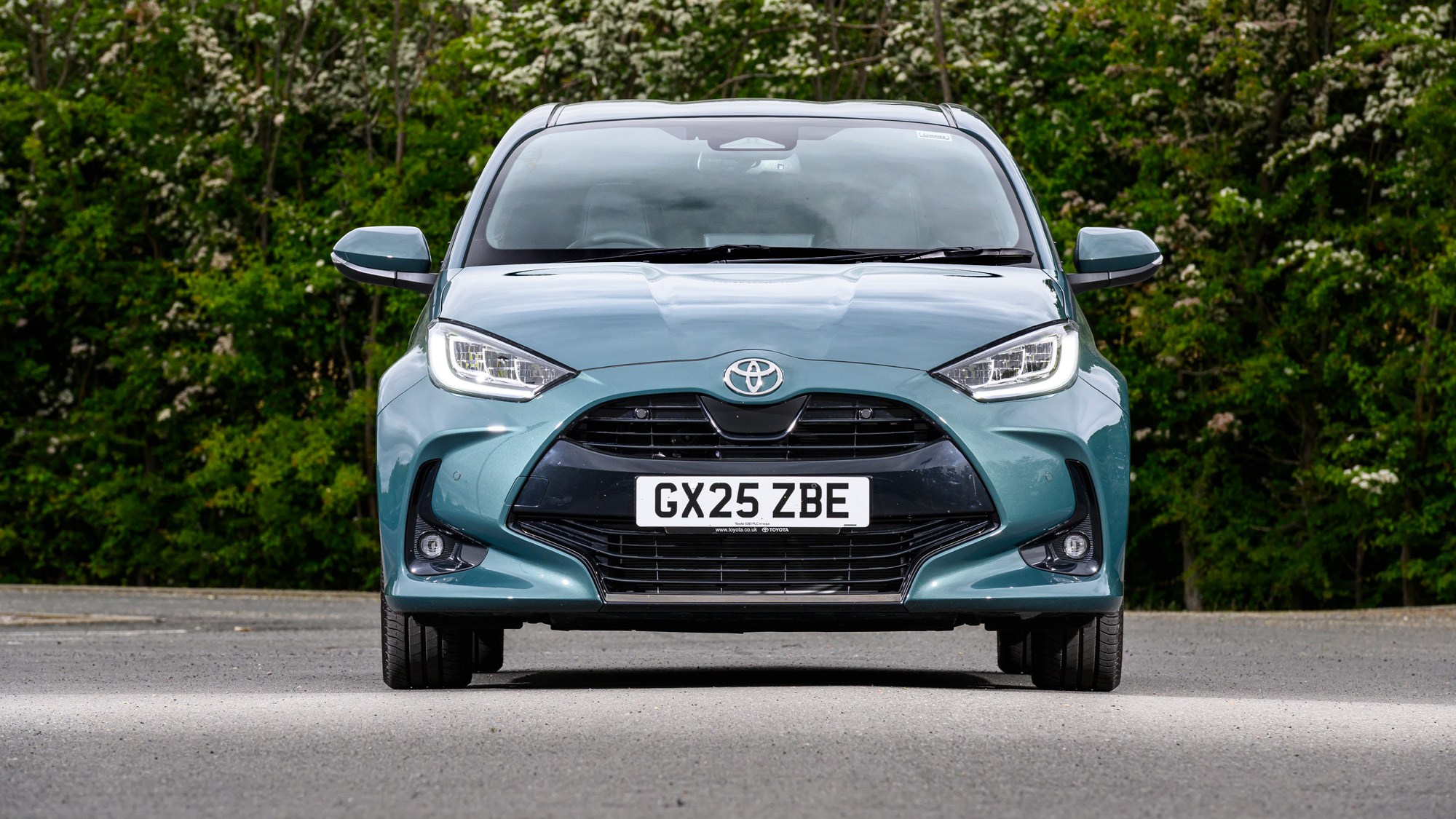
What’s new?
The changes made for 2025 for the Yaris are pretty miniscule, amounting to some new wheels on certain versions and a new Forest Green colour (pictured), which we should say is excellent.
Instead, we’ll go back a year to 2024 and the Yaris’s 25th anniversary, when Toyota upgraded its two top-spec trim levels with more power, more tech and exclusive design options both inside and out.
Let’s start with power output. The enhanced three-cylinder, 1.5-litre hybrid engines in the GR Sport Yaris have been fettled with so they now produce 129bhp, 15bhp more than the base-spec models.
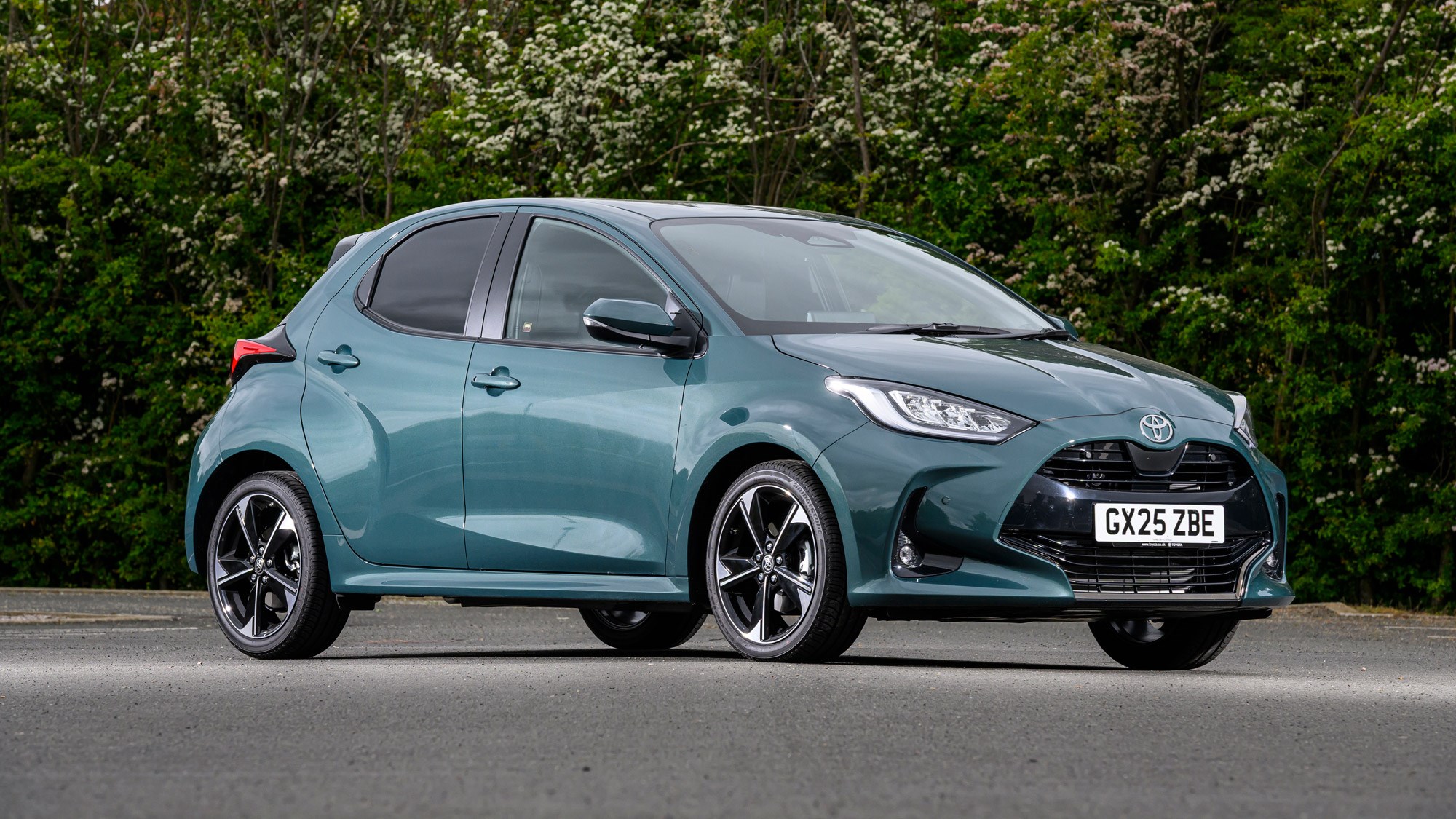
What are the specs?
You can thank an uprated hybrid transaxle system and an adjusted power control unit for the extra poke, though it’s still delivered to the wheels via Toyota’s beloved E-CVT transmission.
High-spec models also feature a new 10.5-inch touchscreen which is a vast improvement, while the Yaris’s already-impressive safety performance takes a leap with features that can slow the car down for a corner or if you’re approaching another vehicle driving slower in front of you. Pieces of tech like this are rarely found on a car of this size.
The 1.5-litre engine used here is a three-cylinder version of the 2.0-litre, four-cylinder found in the Corolla, utilising the Atkinson cycle and running a high compression ratio of 14:1. Compared with the Mk3 Yaris, it’s linked to a new electrical motor along with a lighter lithium-ion battery pack and drives the front wheels via the E-CVT.
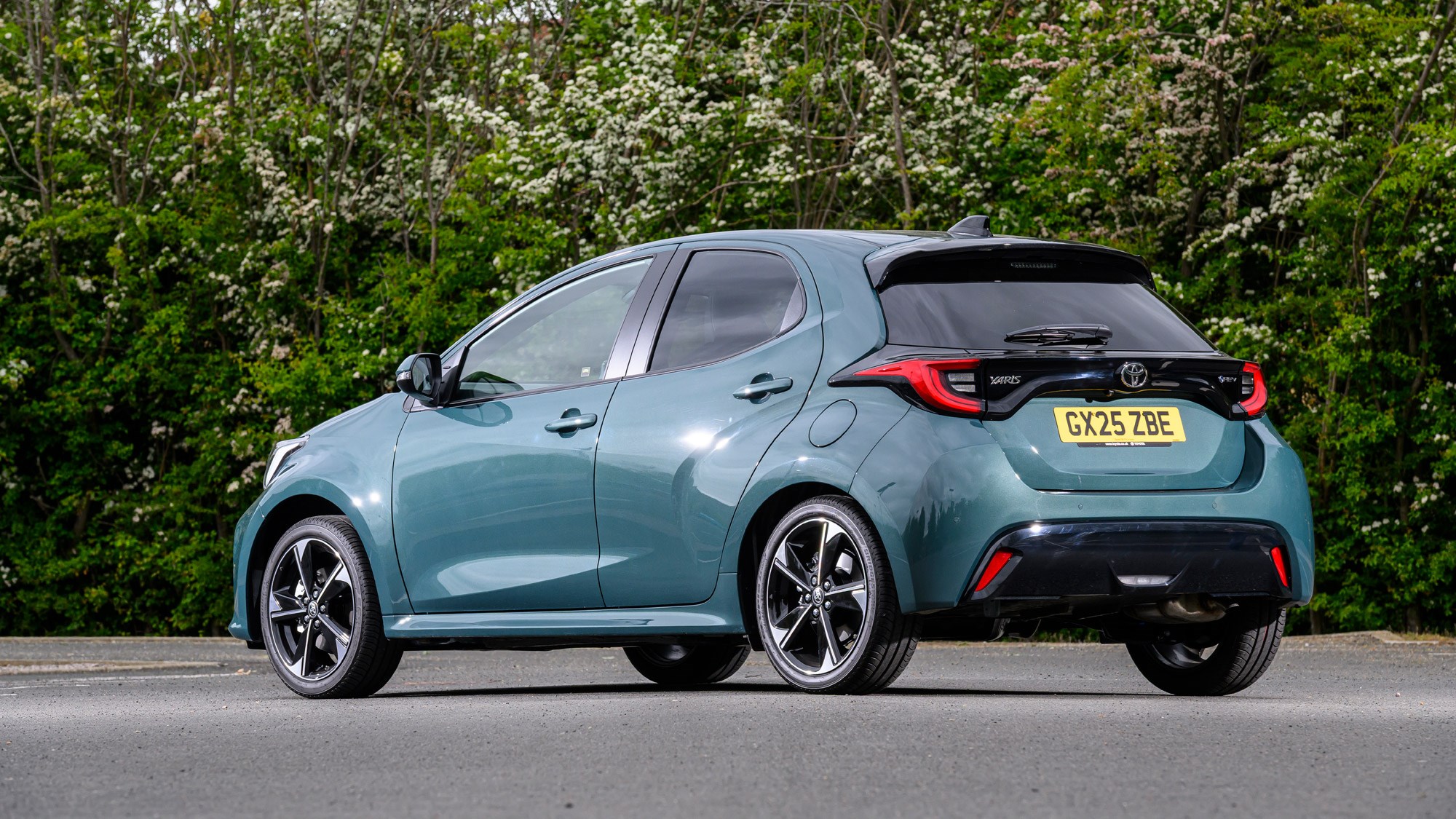
This Mk4 Yaris was the first to use this new type of battery pack, allowing double the recharge capacity and 50% more output. Locating it beneath the rear seats not only prevents it from eating up boot space, but also allows for the battery pack to remain cool through the use of the cabin’s air temperature. This negates the need for a stand-alone liquid cooling system and results in a 12kg weight saving over the old version.
The beefier battery helps the Yaris operate in pure EV mode for around 80% of the time in typical urban journeys and can be driven up to 80mph before the petrol engine kicks into life, which is 55mph higher than the previous version.
The Excel and GR Sport (don’t confuse this with the GR Yaris) share the same 129bhp powertrain, with a 0-62mph time of 9.2 seconds and a 109mph top speed. Toyota claims up to 67.2mpg with CO2 emissions as low as 96g/km. Despite this more powerful engine, most new Yaris models will use the base hybrid setup that comes on Icon and Design trims. It produces 114bhp and is able to accelerate to 62mph in 9.7 seconds and onto 108mph.
Toyota claims up to 70.6mpg and its fuel economy in the real world is highly impressive. You don’t have to try too hard to see 80mpg on the trip computer and even on a 100-mile run down the A1 it averaged 62mpg. It really is exceptional in this respect, potentially being one of the cheapest cars to run that you don’t have to plug in.
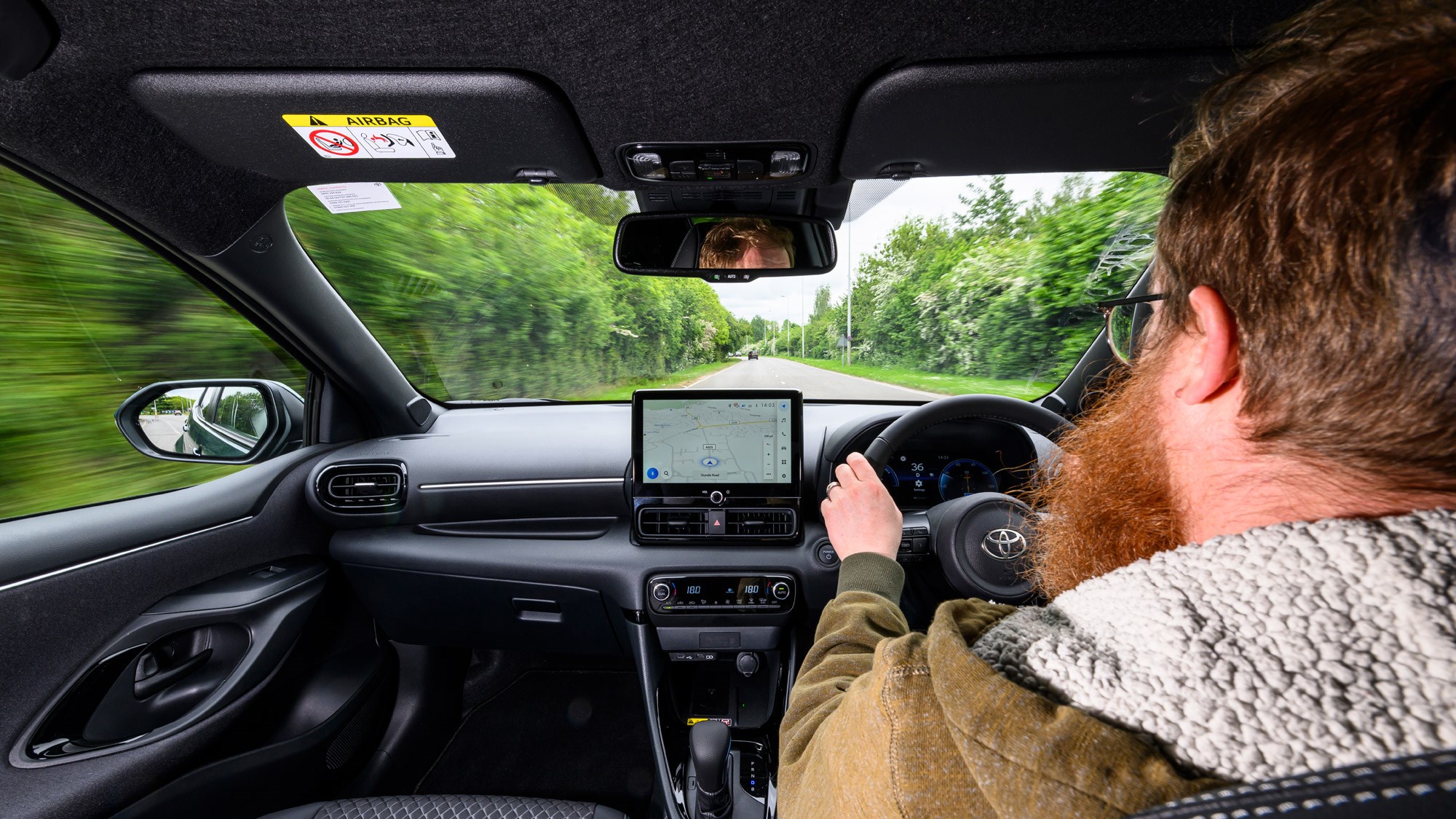
How does it drive?
Toyota’s been building hybrids since 1997, and you know what? It’s pretty good at it. The old Yaris left a lot to be desired, but this latest ‘self-charging’ drive system is brilliant. Quiet, smooth and, of course, hugely economical.
We’re trying the 129bhp model, though it should be said that you don’t really need its extra power. It’s smooth, and though there’s some moo-ing from the E-CVT if you plant your foot hard on the throttle, it’s far quieter and more responsive than previous Toyota hybrids with their more conventional belt CVTs.
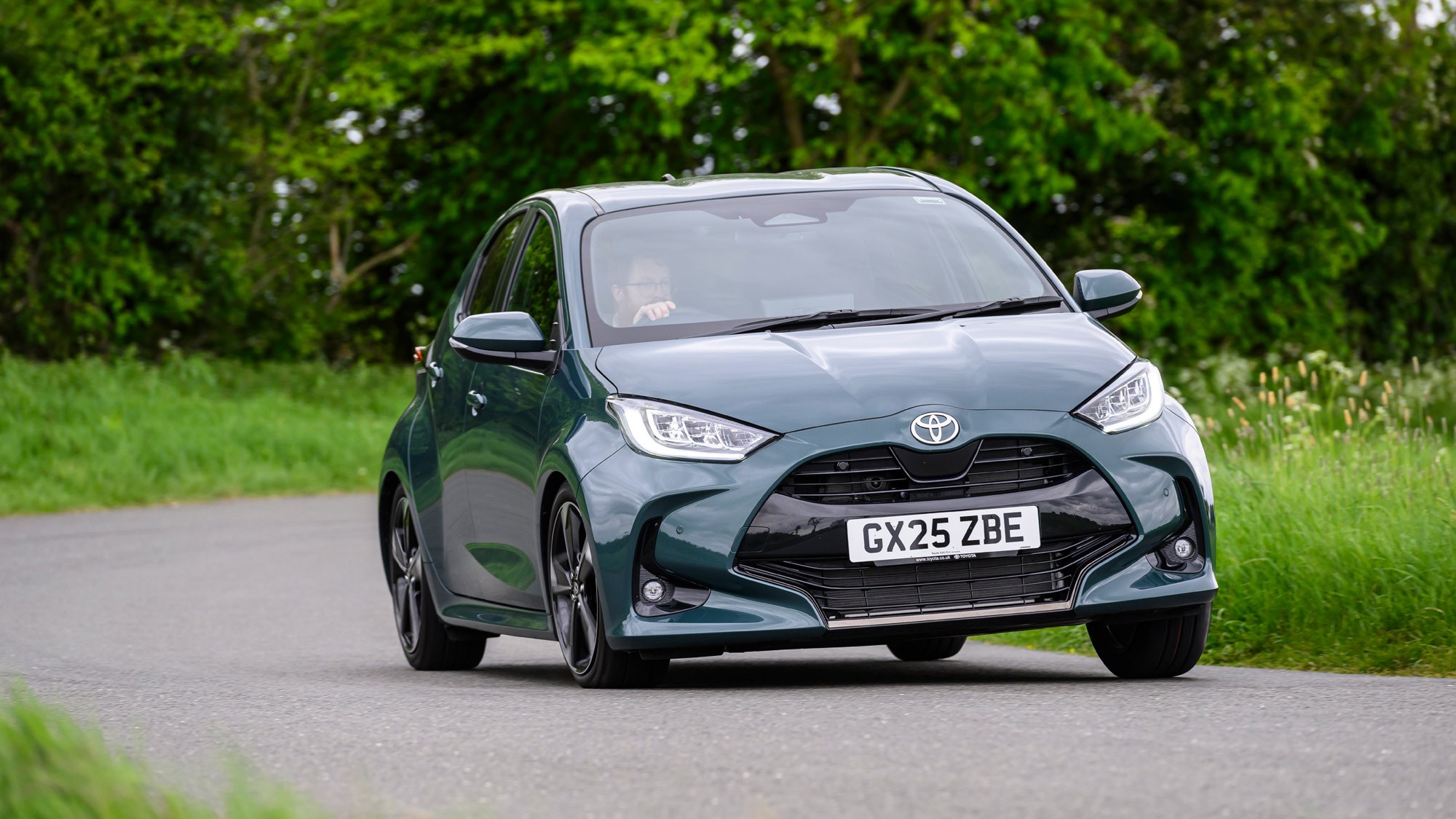
It’s by no means fast but can easily get up to speed quickly and easily, enhanced further by a sport mode that can see you leave traffic behind at a set of lights. Ease is a general theme in the Yaris, especially around town. It’s a simple, unflustered car with very few annoyances.
Light steering makes parking a doddle around town and, by modern standards, it’s small, coming in at under four metres. A VW Polo is almost 10cm longer. It’s a big improvement to drive compared to the old Yaris, with a far better connection to the road and more body control. But its light steering doesn’t do a lot to inspire confidence as the speed increases.
Our biggest reservation with the Yaris is the ride quality. The cars we tested had 16, 17 and 18-inch wheels in GR Sport spec, getting firmer with each size up. Cars with 16-inch wheels felt more compliant with higher tyre profiles, so this is probably the spec to go for if you value comfort.
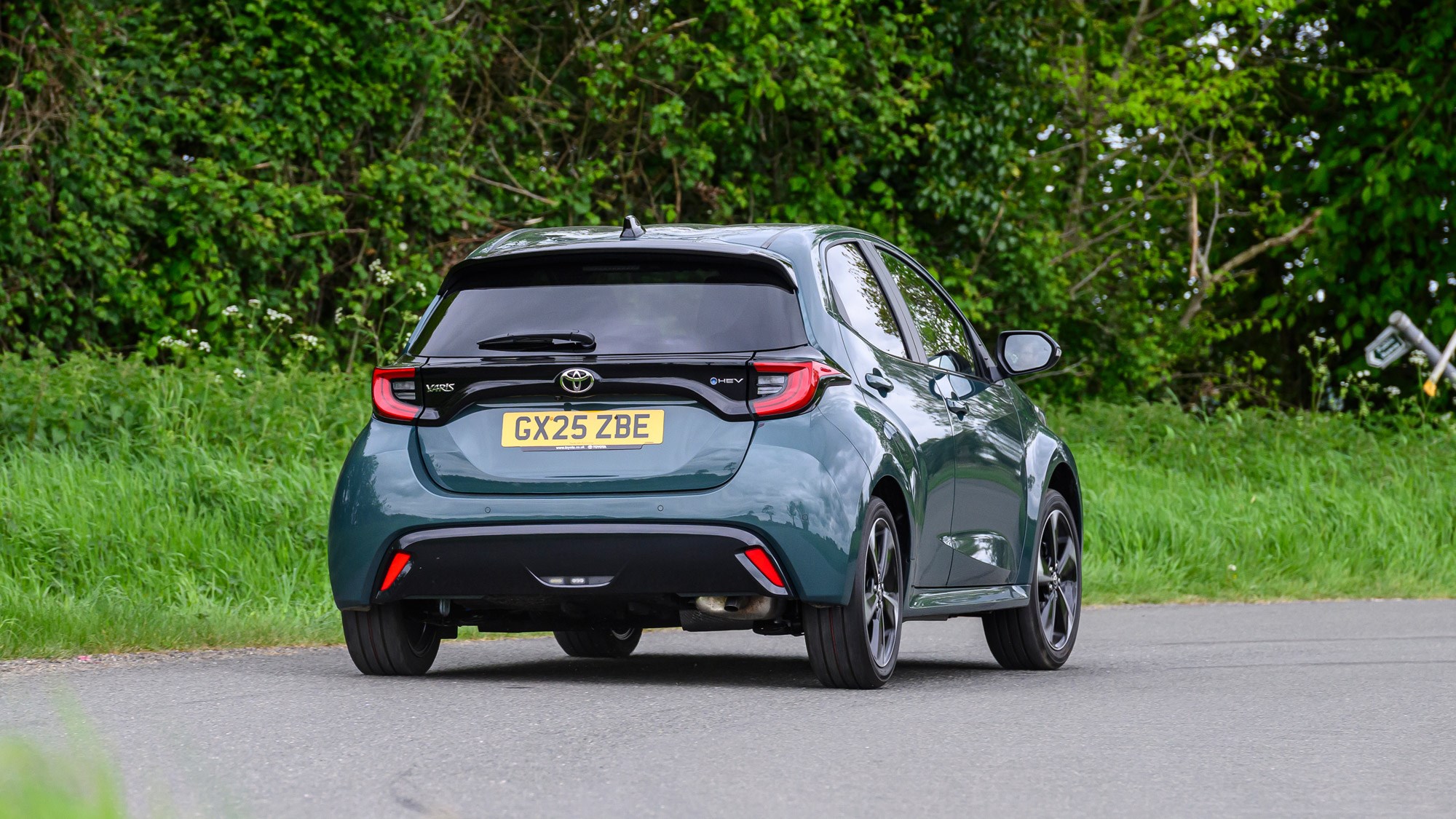
What’s it like inside?
Functional is really the best word to describe the interior. It works. Everything is where you’d imagine it being. There’s very little to actually annoy you. The plastics feel sturdy, the use of textures on the door cards is pleasant to touch and the diamond-patterned seats are more akin to something from a DS product.
Toyota has continued to step up the quality of the latest Yaris, and the new 10.5-inch touchscreen (fitted to everything from Excel upwards) is a big improvement in terms of response and usability.
The dash itself is dark and monotone, but you can choose two silver colour schemes for the seats and door inserts to contrast against this.
Where the Yaris falls short is on interior space, though the compact dimensions do at least help to prove it. It has a lot less room inside than a Renault Clio or MG3, with tight rear space and a smaller boot than most rivals.
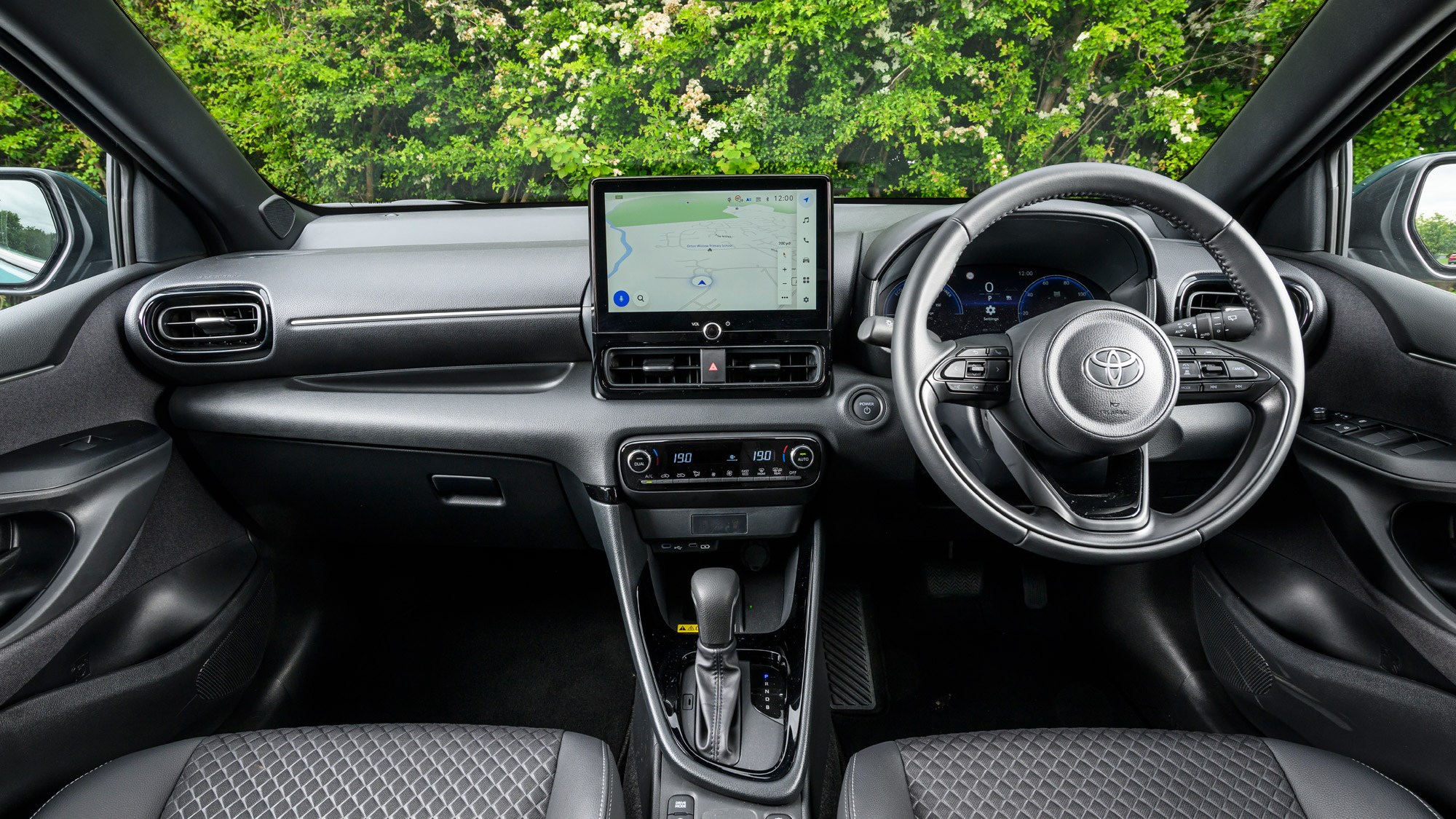
Before you buy
The Yaris trim structure in 2025 includes four levels: Icon, Design, Excel and GR Sport. Standard equipment is generous across the range, with the entry grade coming with 16-inch alloys, a 9.0-inch touchscreen, reversing camera and adaptive cruise control.
Design adds LED lights, electric rear windows and privacy glass. Excel gets the more powerful hybrid motor, along with plenty more kit, including a larger 10.5-inch touchscreen, new digital instrument cluster, keyless entry and 17-inch alloy wheels.
The GR Sport sits at the top of the range, but with the harsh ride from its 18-inch alloy wheels and sports suspension, it does more harm than good. A GR Yaris this is most certainly not. Yaris prices start from £23,445 and rise to just shy of £30,000 for a GR Sport.
The best value is observed at the lower end of the scale, though it’s still £1,500 more than a hybrid Clio and considerably more than the bargain MG3 Hybrid at £18,995. It’s worth remembering Toyota’s exceptional reputation for reliability, as well as its top-rated dealers and a warranty lasting up to 10 years or 100,000 miles if you keep getting it serviced annually with a main dealer.
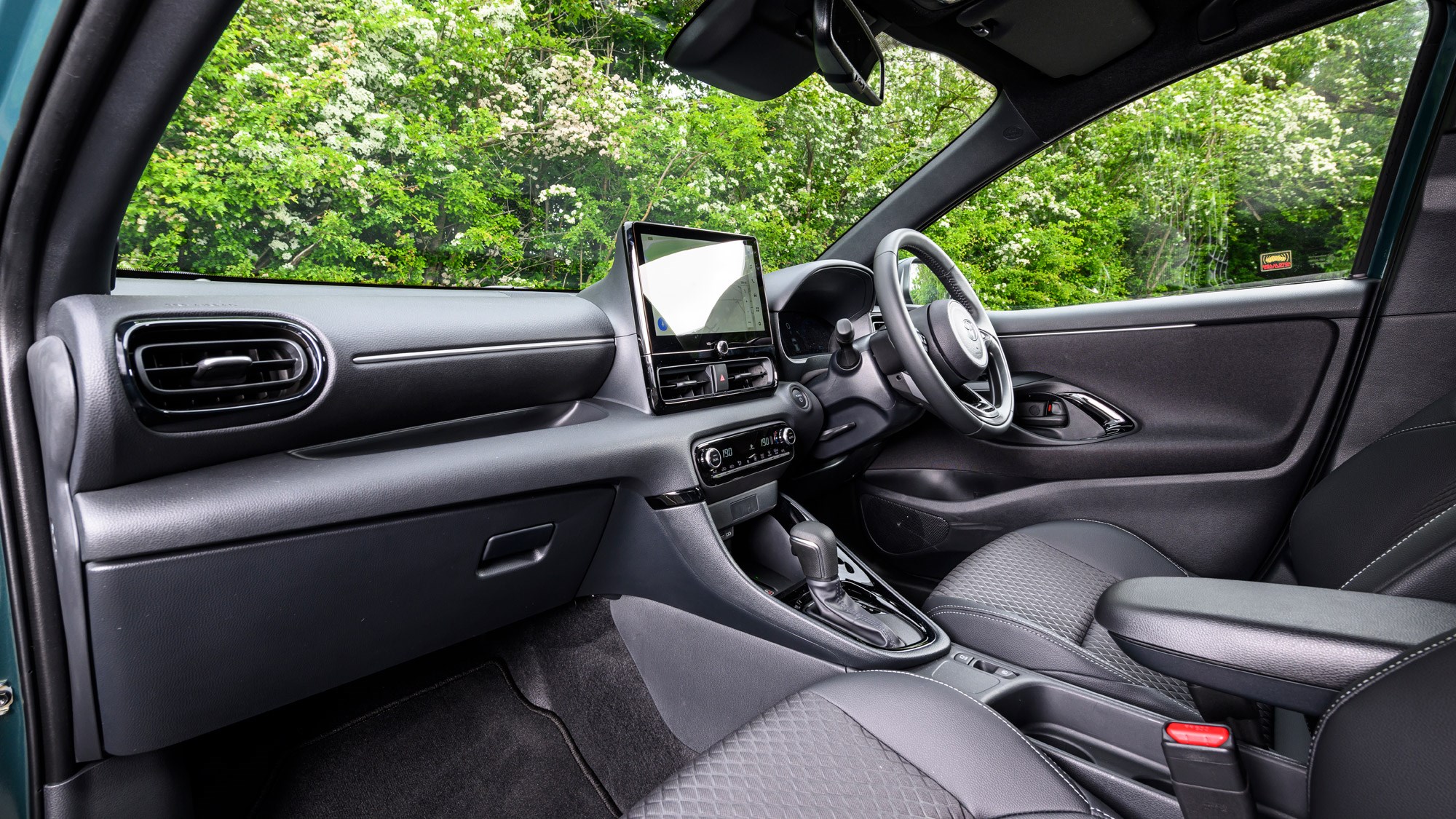
Verdict
Though the Toyota Yaris might not be at the top of the best superminis list, it’s not far off at all. Its remarkably low fuelling costs, impressive reliability, long warranty and general ease of use make it a fantastic ownership prospect for those seeking hassle-free motoring.
It’s true that the Yaris is not the most exciting car to drive, nor is it the most spacious, especially compared with the MG3 Hybrid or the Renault Clio E-Tech and its freakishly big boot. But where it excels is in delivering real-world fuel savings and the sort of day-to-day dependability that many small-car buyers value most.
The Yaris stands as proof that there’s very much a place for a well-engineered hybrid that bridges the gap between traditional petrol power and full EVs. For anyone wanting to keep running costs low without taking the plunge into electric motoring, it remains one of the best options out there.